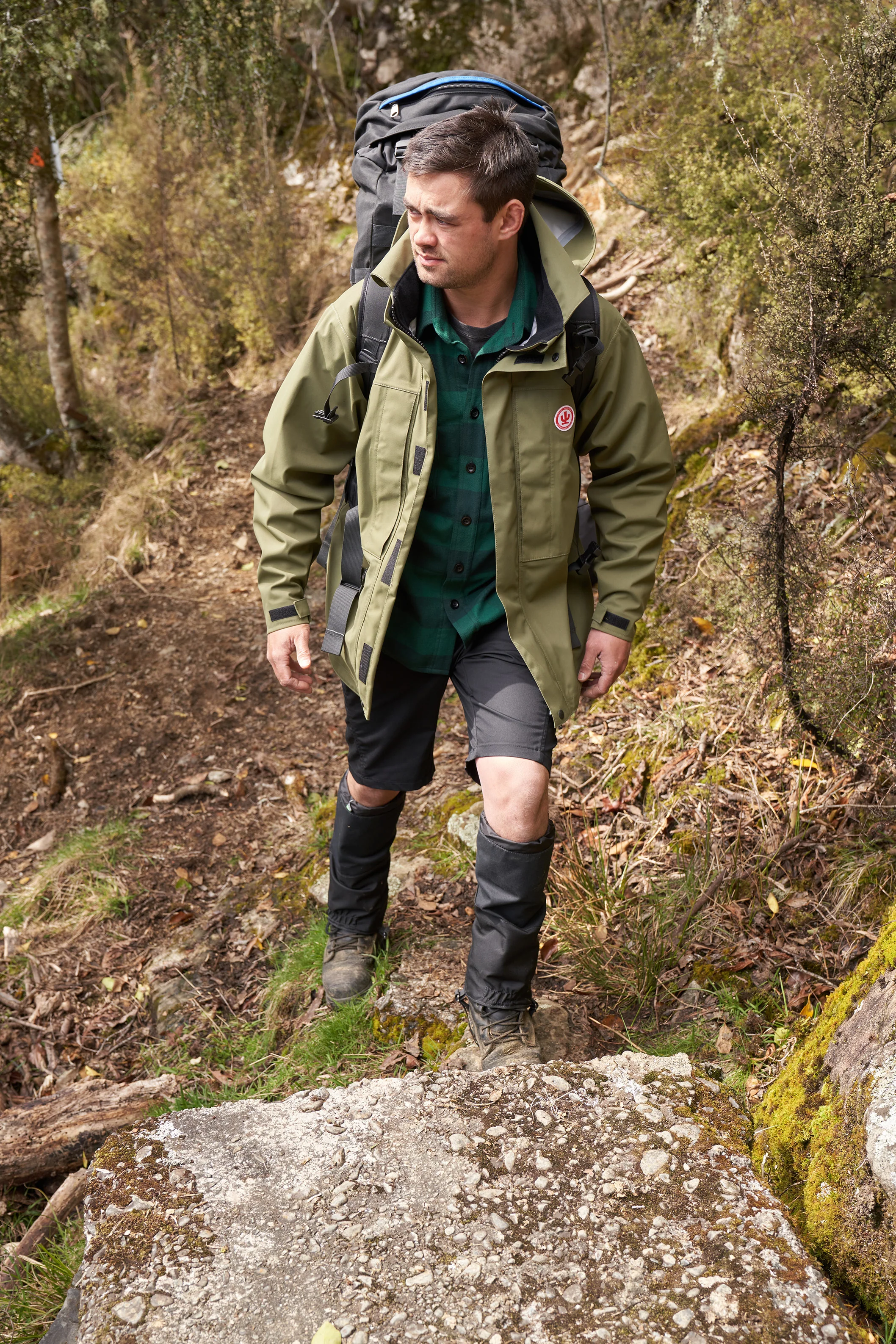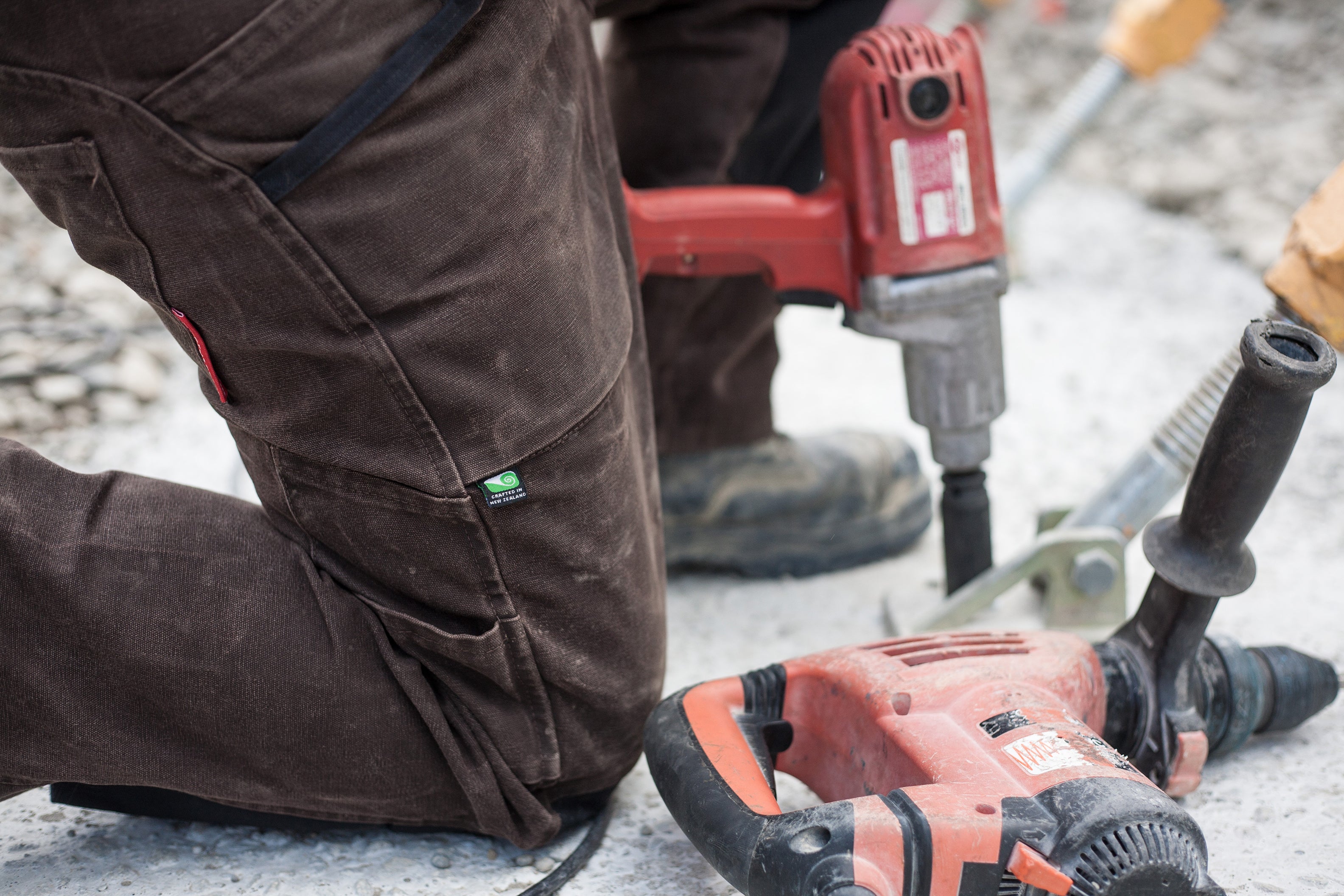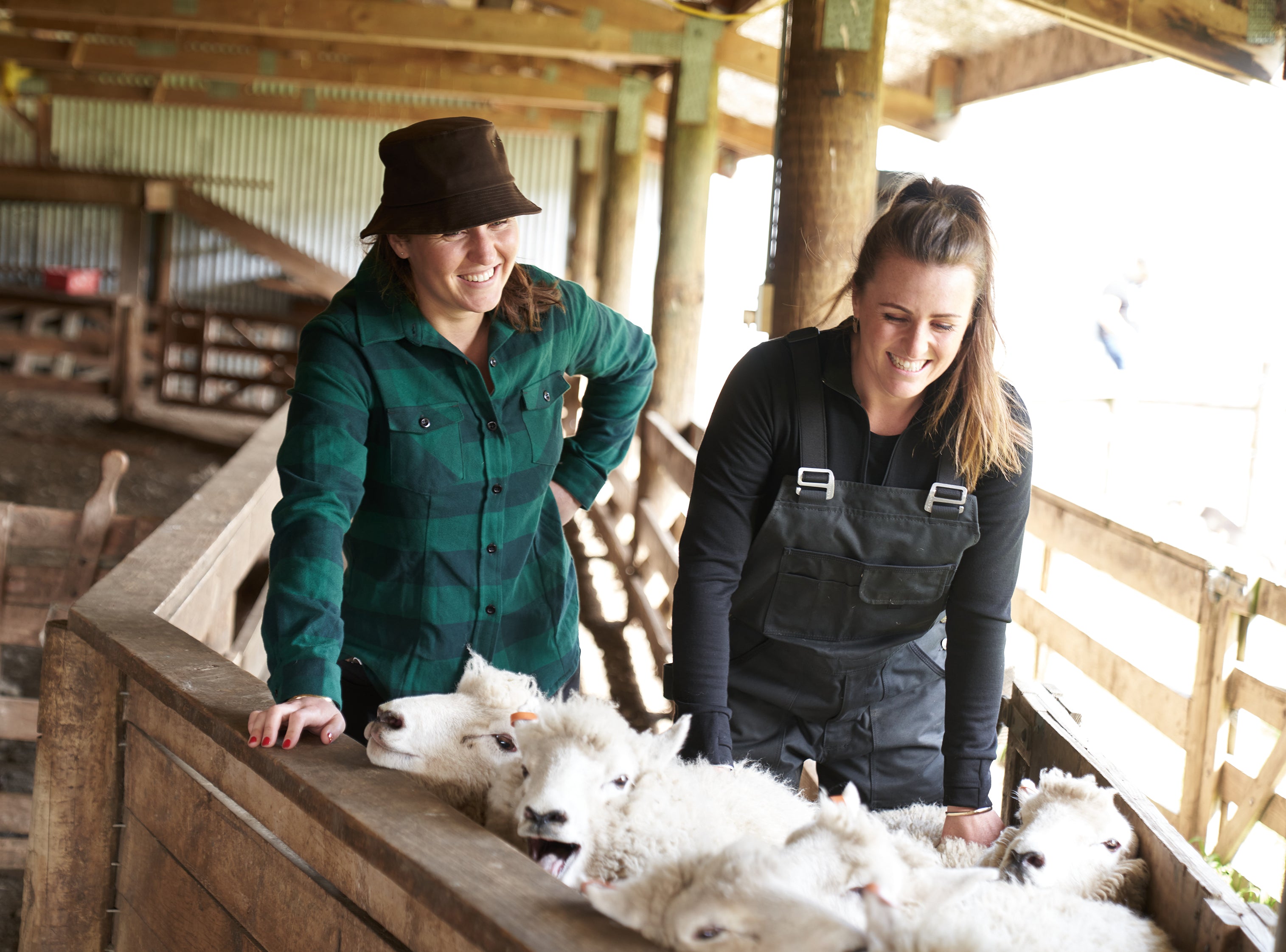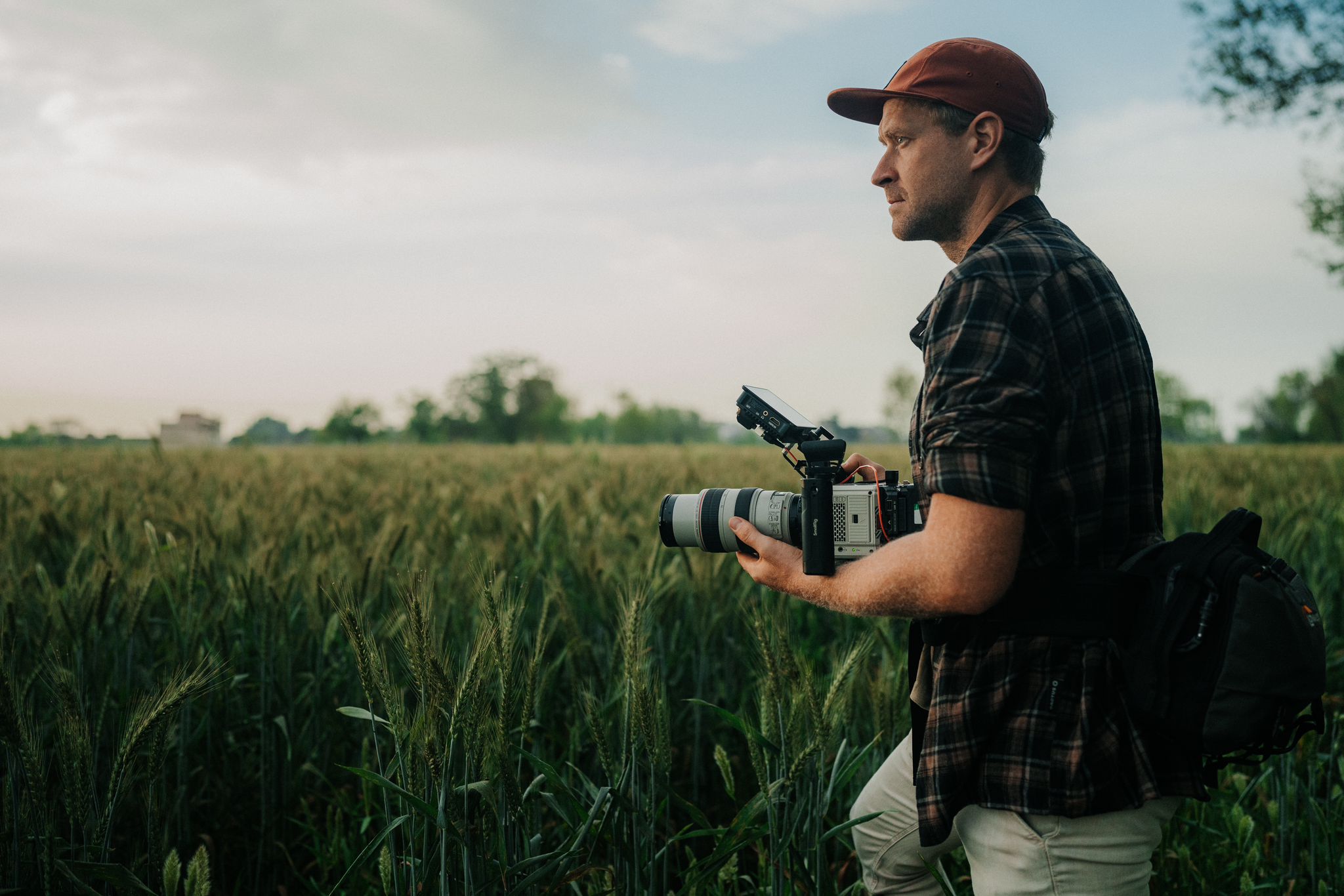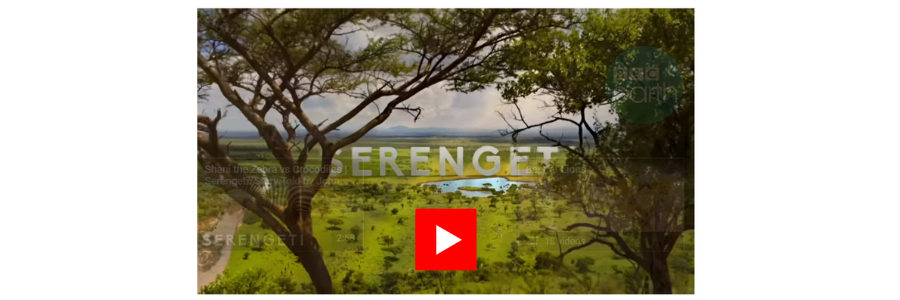It’s not everyday you have a baboon rage through your kitchen but your chances are far higher when your ‘not so ordinary office’ is the Serengeti National Park, Tanzania. Serengeti (the series) is a dramatised Natural History series based on the behaviour of the animals that live in this region of east Africa. Local Nelson lad Mat Goodman is one of only a few cameramen to spend the last 15 months capturing these incredible African animals in their natural habitat.
Tell us about your work on Serengeti:
I am working for a company contracted to the BBC. My role in Tanzania was to get as close as possible to the animals and follow their behaviour and the ecosystem they live in. We use lots of different cameras, technology, remote sensor cameras and other techniques so we can get an intimate perspective on the animals with a real focus on being invisible in order to capture the animal’s normal behaviours.
What are your biggest challenges?
It’s always fairly challenging recording wildlife. It’s a real waiting game. Some days the animals will sleep for hours on end. Other days you’ll be really surprised by the animals, they might be really peaceful or they might be behaving badly…..perhaps a bit like humans? Sometimes you will come back with great footage and other days you’ll get back to base with nearly nothing and there is a certain pressure in that knowing you are out there getting paid to get good footage while respecting the animals and their habitat so that’s a challenge. Day to day you have to treat the Serengeti with respect and remember you could step out of a ute and stand on a snake or something.

You must have had some awe inspiring moments out there?
We were filming one day and were surprised by a visit from a huge male elephant. It was a beautiful moment because he was so relaxed and peaceful, he had huge tusks and would have been about 55-60 years old. You don’t see many like this in the wild anymore. He was only about a metre from our car but he just looked at us and kept on eating his grass. He was so chill, normally male elephants do a bit of a parade to show you who is in control but this guy was just so peaceful. It was a special moment. You must have also had a few hairy moments out there too? You get good at reading the animal’s behaviour but then animals can surprise you. The other day we were out in the vehicle and came across a bunch of juvenile lions. These are teenage cubs who had no adult cub with them. Usually the female lions cruise around with the juvenile but for whatever reason these teenagers were alone. They were hanging out in the middle of the plains and were looking for shade. When they spotted our vehicle I think they saw the opportunity for shade and so while we were sitting there filming they parked themselves under our vehicle. I could have put my hand out and touched them. Normally this proximity is ok except that this time a few of them were right under the wheels and so we didn’t have an exit strategy if we needed one. A few of them started to get a bit restless and were biting our tyres and getting a bit worked up. That was probably when we all started to sweat a bit. We knew we had to get those guys out from under the tyres somehow so that we could move the truck. One of the team hurled a cap (maybe a Cactus one?) which tapped one of them on the head and it gave them enough of a fright to scarper off. We did breathe a bit of a sigh of relief!! You wear Cactus on these epic adventures.

Tell us why you wear Cactus Outdoor gear?
Well firstly, it’s cool that it’s NZ made, the crew use NZ made cameras too so little old NZ and NZ designed/made is featuring well out here even though I’m the only kiwi. Africa is hot as you will well know so the CNC gear is durable and lightweight. It’s easy to wear and is a good balance between keeping me protected and making sure I don’t get too overheated. I kneel down a lot on the harsh Serengeti plains so I find my Supertrousers save my knees from thorns and other rough stuff. My longsleeve Supershirt is awesome. There are nasty bugs that bite so having your arms protected is important but again, it’s really hot and I find I don’t get overheated in my Supershirts. When it gets really really hot I switch to my Supershorts which are just light enough but really durable.
My Miklat Pack is used each and every day with me in the field. It houses essential day to day gear such as first aid kit (kept inside a Cactus SUB), my lens and camera cleaning kit (kept inside a Cactus SUB), tools and spare parts that may be lost or need changing due to wear. Along with this I carry my Cactus TUB which fits all the other tools and bits and bobs that are often needed to repair out in the field. Both bags are with me each and every day - they are essential to operations out in the field and ensuring we don’t need to make the often 2 hour bumpy journey back to fetch spare parts. I take pride in having everything and anything that may be needed in a given day - organising it all in the packs and bags Cactus have really helps (especially the different colours).
I wear my Cactus stuff everywhere, they are comfortable to work in but also when I’m on the plane for 12 hours. Mat and his team’s work is now airing on BBC One in the UK and will air in the USA on the Discovery Channel in coming months.
Check out some of Mat's work on the Serengeti Trailer here:
